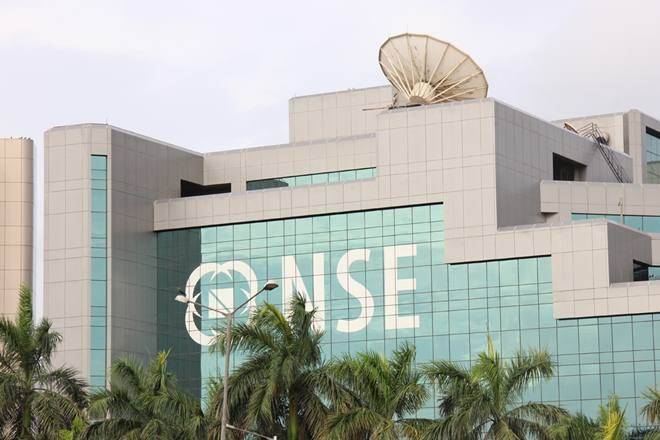The ongoing decline is the 19th instance of an over 10% fall in the Nifty since 1992. The Nifty’s earnings yield, minus the 10-year bond yield, is now near levels which have coincided with historical Nifty bottoms. The recent Nifty peak misses a final flourish which had preceded all seven instances of over 25% cuts. This supports our conjecture of a shallower correction unless Covid-19 has a much deeper and longer impact. In this context, Nifty’s PE of 16.4x has reached close to the bottom of the past three falls of over 10%. However, the top seven momentum indicators, which have an accuracy of 67-100% in predicting previous bottoms, are yet to signal a final low. Possibly, a large part of price fall may have played out but we may see a longer correction period.
Due to data limitations, we focus on the past 10 instances of Nifty falls since 2005 to determine the typical characteristics of a market bottom. In three of the past 10 bottoms, the Nifty earnings yield went notably below the 10-year bond yield. The 12-year average for the Nifty earnings yield minus the bond yield is 1.2 ppt. The Nifty’s earnings yield is now only 0.2 ppt above the 10-year bond yield which suggests a rising attractiveness of equities vs debt.
Historically, when the earnings yield nearly equates the 10-year bond yield, it has been a good indicator of a Nifty bottom. Nifty consensus PE near a level similar to the bottom of the recent three corrections. This is the fourth instance of an over 10% decline in the Nifty in two years. The last three corrections saw the Nifty bottom at a 12-month forward PE of 16.0-16.6x. The most recent closing low of this correction (Nifty at 11,133) on March 2, the Nifty PE had already hit this range at 16.4x. If this doesn’t become a more intense fall with much bigger worries over Covid-19, such levels may see buying interest as we saw over the past two years.
We concede 16x has historically led to only mediocre equity returns in the longer term (5 years) and also note the recent Nifty top (18.6x PE) was within 10% of its all-time high PE. This level is also above the 15-year average PE of 15.2x. But four corrections of over 10% makes us categorise the last two years as a rather choppy period.
All seven instances of deeper Nifty falls since 1992 have come after strong upward price thrusts. Numerically, in all these instances, the Nifty topped at above 17% of its 200DMA, suggesting a big overshoot. The recent top happened at only 6.4% above its 200DMA, an unenthusiastic top. The absence of final flourish makes us conjecture this may not be a deeper, 25%+ fall.
We look at the seven key indicators which have exhibited an accuracy of 67-100% in predicting bottoms by not confirming to final price low of the past 10 bottoms. Empirical evidence shows the final bottom in a correction is made in a period of relative apathy following a point which one could mark as ‘blood on the street’. Daily volume (DII+FII and total), volatility (VIX) and selling intensity (net FII daily selling value) peak before the final price bottom and are lower than this peak when the actual Nifty price bottom takes place. Similarly, breadth (NSE advance-decline and proportion of Nifty stocks above 200DMA) and the rate of the price fall (RSI) hit a bottom before the final low and show a higher reading when a final price bottom happens. These indicators are yet to convincingly signal a Nifty bottom in the decline phase.
With valuations supportive but momentum indicators yet to signal a bottom, we expect a correction period before a final bottom is made. Typically, bull markets see buyers return before a final, major low. Therefore, if our premise of this not being a deeper correction is true, buying should emerge before the last Nifty bottom of 10,600 (i.e. 10,600-11,100). This assumes Covid-19 doesn’t have a much longer and a much deeper impact on the economy.


